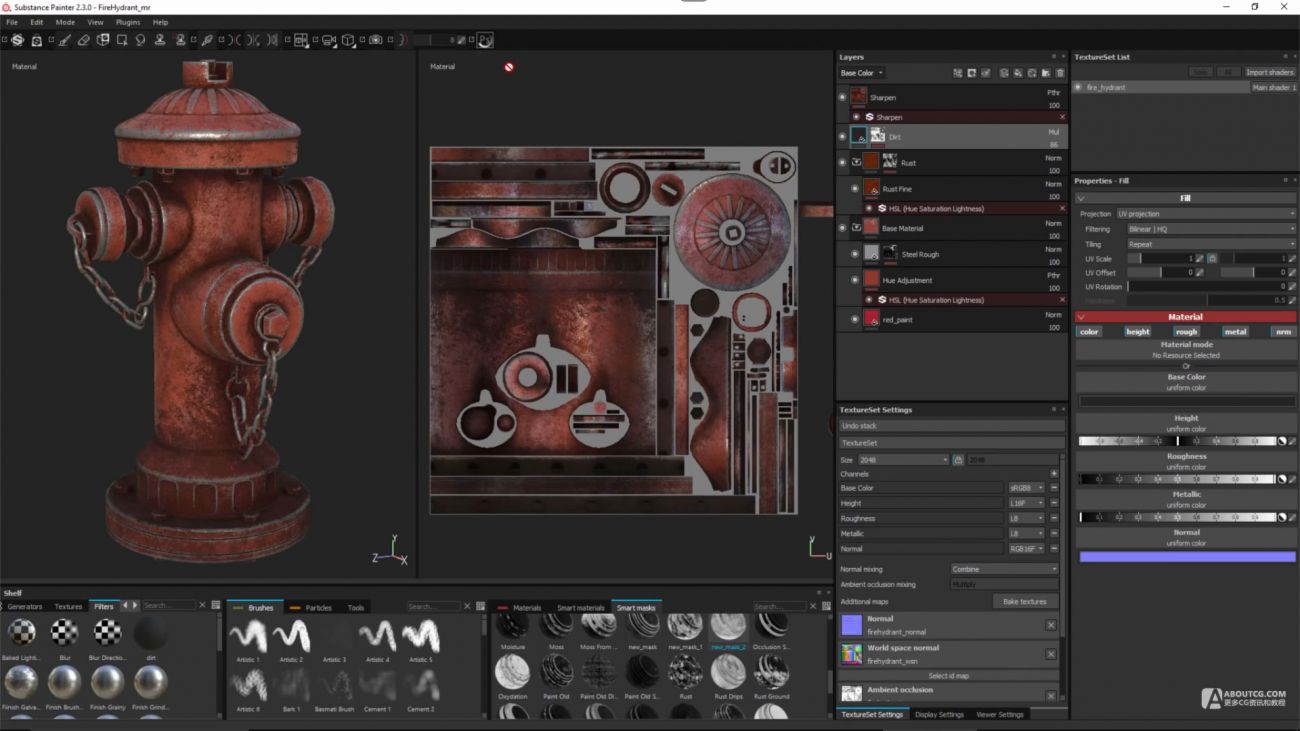

bat files are kind of cool because you can set them up to run on whatever is dragged and dropped onto them, or run on everything inside the same folder, and just hand them as little ‘droplet’ tools to your artists.Ĭaveat: I’ve been out of texture pipelines for a few years so better solutions may be out now days. If you are comfortable with Windows Batch scripting. A similar approach with Python os.system() or subprocess.call() or similar …python has a variety of ways to execute command line stuff. bat files and by building command stings in Max Script executing with DOSCommand.

Image magick had DDS support, but The Compressonator offered easier/better mipping results.įor manual conversion, Nvidia has a Photoshop plugin…īoth Imagemagick and The Compressonator are command line utilitites. The Compressonator looks like it has since moved to open source on git hub. (which some one here on TAO recommended to me) The results were then mipped and converted to DDs with ATI’ s The Compressonator utility. We scaled, filtered, and composited The Specular image into the Alpha channel of the Normal map using Imagemagick We had RGBA Diffuse, RGB Normal and Greyscale Specular TGAs We saved Targas from photoshop as our ‘source’ format, these were the 3DS Max textures Photoshop > TGA > composite > DDS > custom format The change should enable users to import procedural materials in. It’s been a few years, but When I was doing texture pipeline stuff, we had a work flow like: Adobe has added native support for Substance files to the latest beta build of Photoshop.


 0 kommentar(er)
0 kommentar(er)
